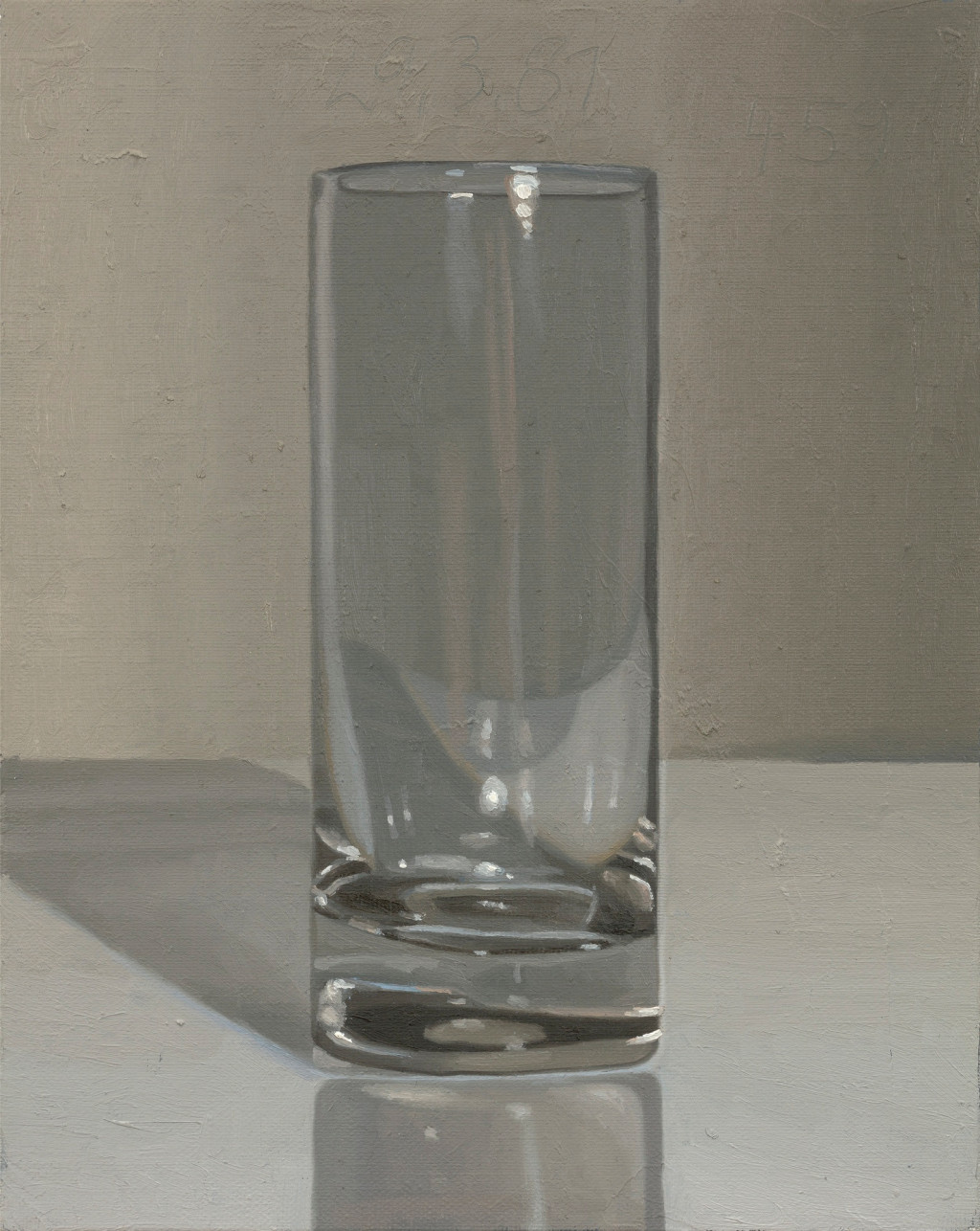[ad_1]
Peter Dreher, the German postwar painter best known for his sprawling observational series of a single empty glass, died on February 18, according to a report in the German-language outlet Neuste Nachrichten. He was 87 years old. The cause of death was not stated.
Dreher came of age in the twilight days of World War II, and his lifelong practice was guided by themes of mortality, repetition, and the passage of time. Though often described by critics as operating somewhere between conceptual and observational concerns, he was largely uninterested in both labels, once explaining his art as an attempt to “consider myself like an instrument and ignore any form of subjective intervention.” Preoccupations with near-identical images invited comparisons to American Pop artists, in particular Andy Warhol, but he cited Giorgio Morandi and Jasper Johns as primary influences for his greatest project, the series Tag um Tag guter Tag, or Every Day is a Good Day.
He started the series in 1974 and by the time of his death had completed over 5,000 paintings of an ordinary glass—chosen, specifically, for its unassuming nature—perched on a table against a clean white wall. The canvas nearly always measures around 10 x 8 inches, and the glass is always depicted in the center of the canvas at about eye-level. Only the glass’s circumstances change: waning or waxing daylight would reveal or obscure the reflection of Dreher’s studio in the glass itself.
In a 1996 interview with Lynne Tillman in Bomb Magazine, Dreher recounted the war-time blitz he experienced as a child, stating that painting the glass is the closest he had came to finding peace ever since. “It’s very funny to say, it’s the only place and the only hours in my life when I really feel quiet,” he said. “Maybe I don’t make the impression of being unquiet, but I am.” In the 2017 exhibition “Peter Dreher: Behind the Mirror” at Koenig & Clinton in New York, some 200 glass paintings were displayed alongside other observational works, including a group of watercolor, ink, and pencil skulls dating from 1947, when Dreher was 15. The press release for the exhibition stated that the skulls “mark the start of his formal training.”
Dreher was born in Mannheim, Germany, in 1932, and soon lost his father at the front lines in Russia. He was sent by the Nazi government to study in Alsace, France, in 1943, but left the boarding school not long after, traveling across war-torn Europe to reunite with his mother and brothers in Germany. He graduated from the State Academy of Fine Arts at Karlsruhe in 1956. In 1958 he was awarded the renowned Art Prize for Youth, and in 1965 he began teaching a painting class in Karlsruhe Academy, counting among his pupils Klaus Merkel, Eva Rosenstiel, and Anselm Kiefer. He taught at the now-defunct Freiburg branch of the school for 15 years.
Dreher’s works are held in the collections of institutions worldwide. He was represented by König Galerie in Berlin.
[ad_2]
Source link


